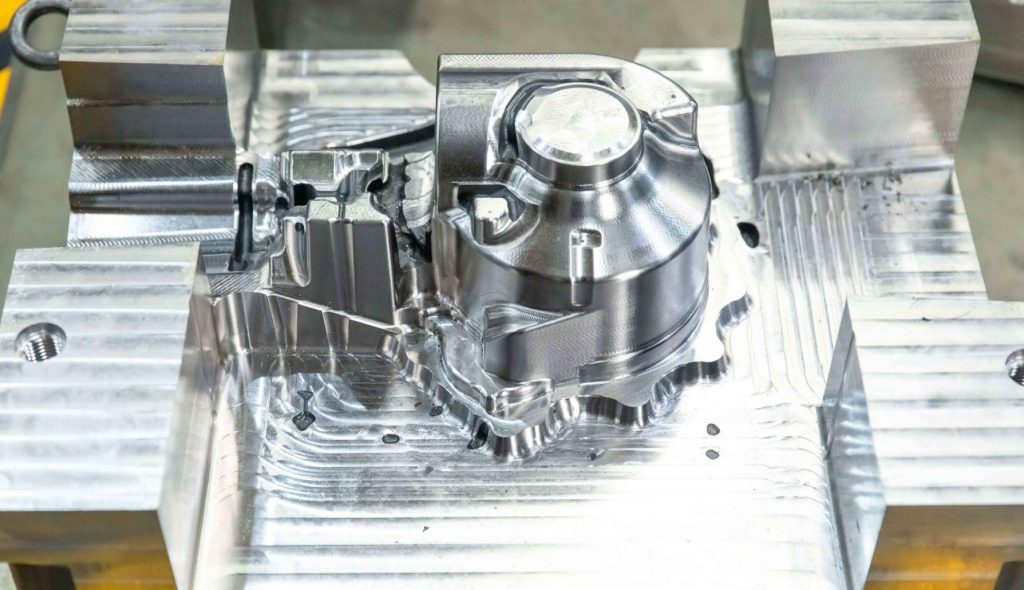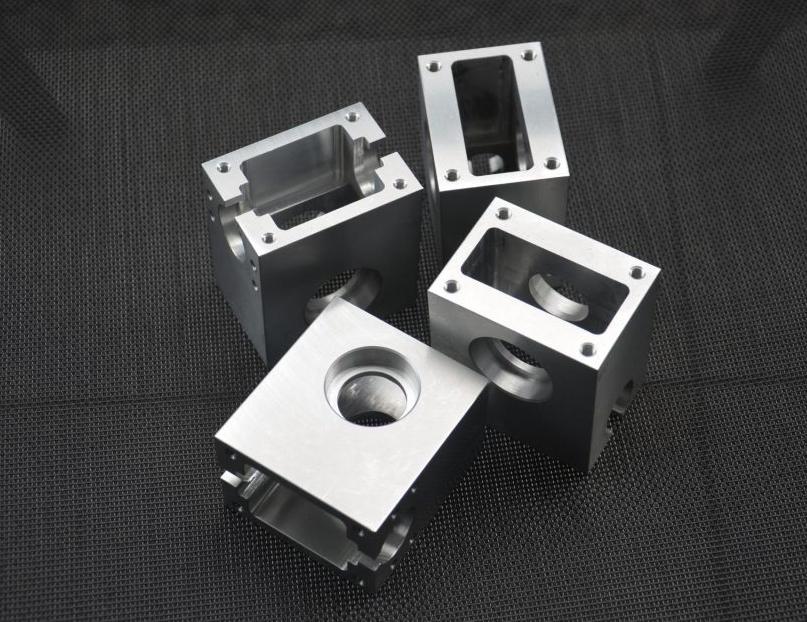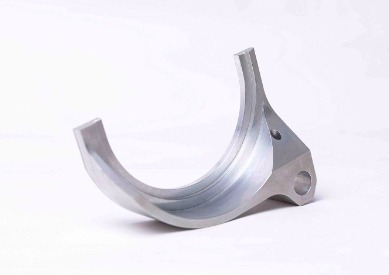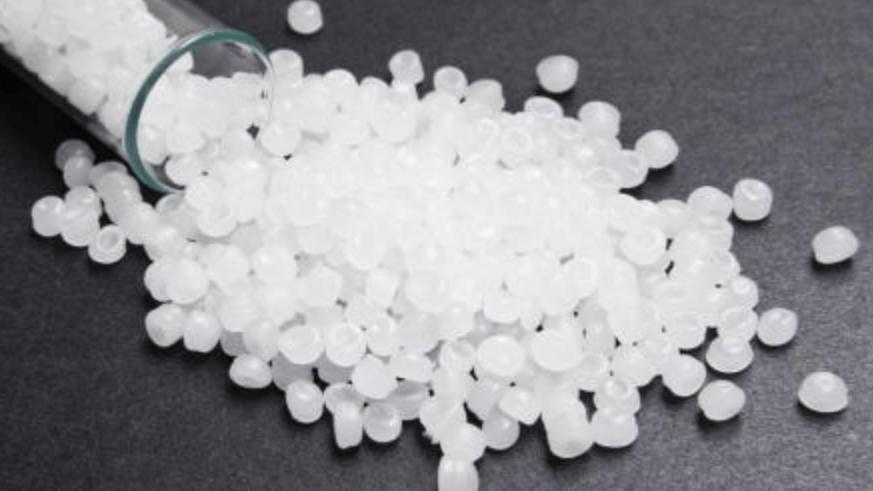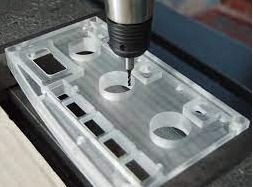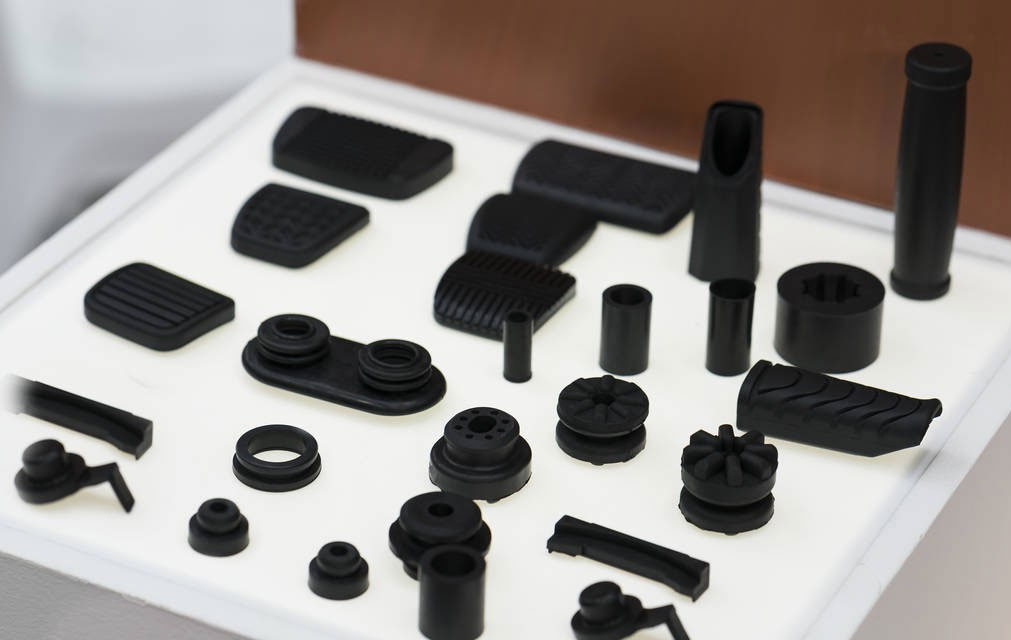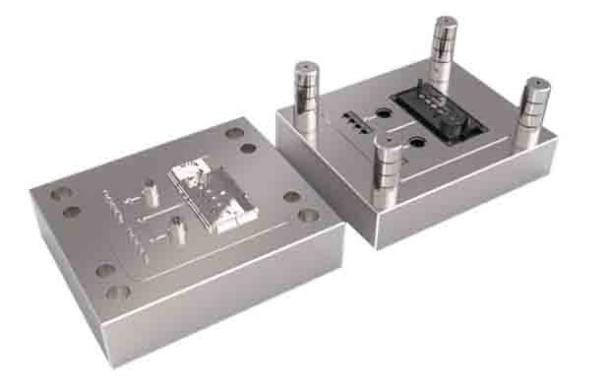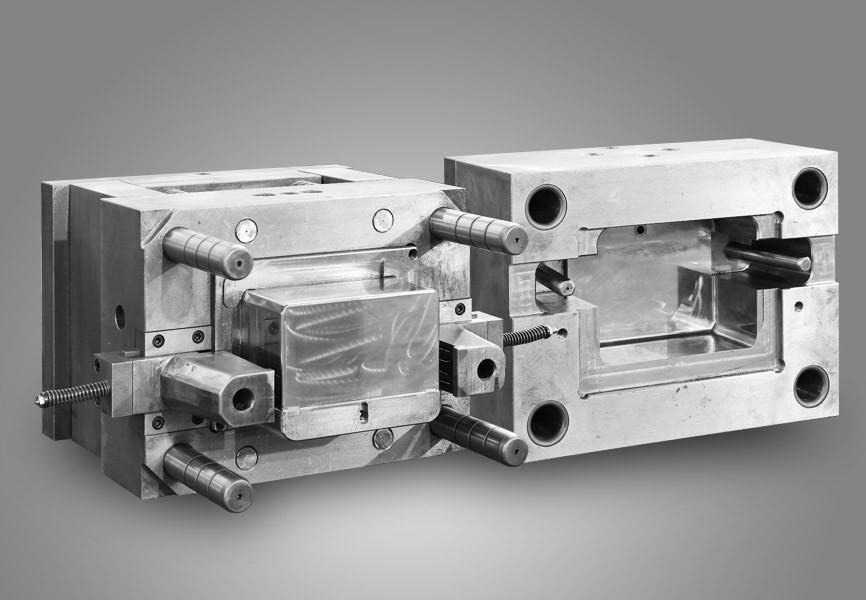JTR Machine, a high-quality CNC parts manufacturer in China, has a wide range of CNC machining capabilities. We have been focusing on CNC machining of high-quality plastics for clients all over the world. ABS is a general-purpose plastic that can be used for CNC machining. We discuss the benefits and drawbacks of CNC machining ABS and offer practical solutions to improve the process. Understanding the material’s properties, potential issues, and effective techniques allows them to maximize the efficiency and quality of their ABS parts.
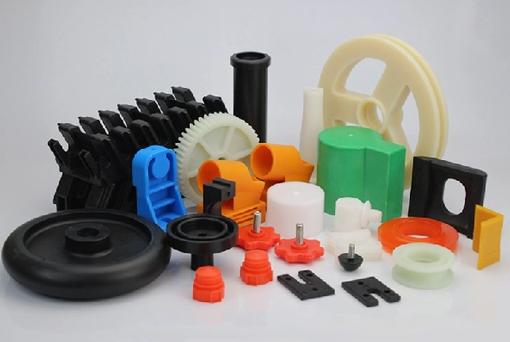
Advantages of ABS Material in CNC Machining
Acrylonitrile Butadiene Styrene (ABS) has emerged as a preferred material for CNC machining due to its exceptional properties and versatility. Here are the key advantages of using ABS in CNC machining:
- Excellent Mechanical Properties: ABS offers high-impact strength and toughness, making it suitable for components that must withstand significant forces and stresses. Its balance of rigidity and flexibility allows for the creation of parts that can bend without breaking, enhancing their durability.
- Superior Machinability: ABS is easily machinable, causing minimal wear and tear on cutting tools and reducing the risk of physical damage to the workpiece during processing. This characteristic enables the achievement of tight tolerances and smooth surface finishes.
- Precision and Complexity: ABS can be used to manufacture parts with intricate designs while maintaining high precision. Proper tool selection, cutting parameters, and optimized tool paths contribute to the exceptional dimensional accuracy of CNC-machined ABS components.
- Cost-Effectiveness: As a low-cost engineering thermoplastic, ABS, combined with the high-speed capabilities of CNC machining, results in overall lower production costs. Additionally, the recyclability of ABS further reduces production expenses.
- Prototyping Excellence: ABS is an ideal choice for prototyping due to its low cost, excellent machinability, high precision, and favorable strength-to-weight ratio. It allows for rapid iteration and design refinement.
- Diverse Surface Finishing Options: ABS parts can be easily subjected to various surface finishing techniques, such as painting, gluing, or welding, providing flexibility for post-processing and customization.
- Environmental Friendliness: ABS can be recycled at the end of a part or product’s lifecycle, minimizing waste and reducing environmental impact.
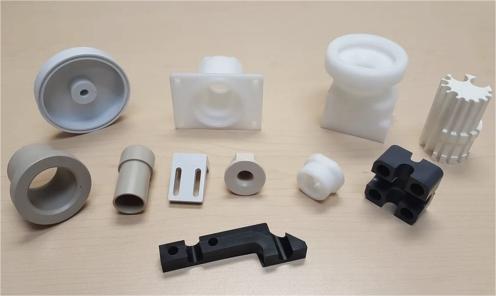
Challenges and Solutions in CNC Machining of ABS Parts
CNC machining ABS parts can present several challenges, including workpiece deformation, poor surface finish, and material softening or warping due to heat buildup. To mitigate these issues, consider the following strategies:
1. Material Selection
- Premium ABS: Opt for high-quality, machine-grade ABS materials specifically designed for CNC machining. These materials offer improved chip formation and superior surface finishes.
- Consistent Material Properties: Ensure consistent batch-to-batch material properties to minimize variations in machining behavior.
2. Tooling
- Specialized Tools: Utilize cutting tools designed specifically for plastics. These tools are engineered with optimized geometries to reduce heat generation and improve surface finish.
- Sharp Tools: Maintain sharp cutting edges to prevent tearing or smearing of the ABS material. Dull tools can lead to poor surface quality and increased tool wear.
- Tool Coatings: Consider using coated cutting tools to reduce friction and heat generation during machining.
3. Cutting Parameters
- Optimized Parameters: Carefully adjust cutting parameters such as feed rate, spindle speed, and depth of cut. Avoid excessive depths of cut that can cause excessive heat buildup and material deformation.
- Experimental Approach: Conduct trial cuts to determine the optimal cutting parameters for your specific machine and material.
4. Coolant Selection
- Appropriate Coolant: Employ a suitable coolant to dissipate heat generated during machining. Flooded coolant systems are often preferred for ABS machining as they provide effective cooling.
- Coolant Application: Direct the coolant flow to the cutting zone to minimize heat buildup and prevent material softening.
5. Post-Processing
- Annealing: Consider annealing the ABS parts after machining to relieve internal stresses and reduce the likelihood of deformation during subsequent processing or use.
- Stress Relief: For critical applications, explore additional stress relief techniques such as heat treatment or vibration damping.
Additional Considerations
- Workholding: Use a rigid workholding system to minimize workpiece vibration and ensure accurate machining.
- Toolpath Optimization: Employ efficient toolpaths to reduce machining time and minimize heat generation.
- Monitoring: Continuously monitor the machining process to detect any signs of tool wear, material deformation, or other anomalies.
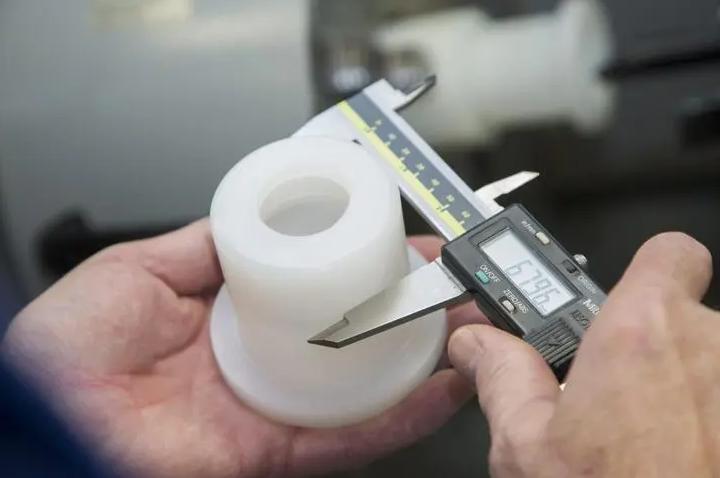
Techniques to Improve Efficiency and Quality in CNC Machining of ABS Parts
To enhance the efficiency and quality of CNC machining processes for ABS parts, several key techniques can be implemented:
1. Proper Workholding and Alignment
- Secure Clamping: Ensure that the workpiece is securely clamped to the machine table to prevent movement during machining. A rigid workholding system minimizes vibration and reduces the risk of dimensional inaccuracies.
- Accurate Alignment: Precisely align the workpiece relative to the cutting tool to achieve the desired tolerances. Misalignment can lead to dimensional errors and tool wear.
2. Tool Selection and Optimization
- Material Compatibility: Choose cutting tools specifically designed for machining plastics, such as ABS. These tools have optimized geometries to reduce heat generation and improve surface finish.
- Tool Coatings: Consider using coated cutting tools to enhance tool life and reduce friction. Coatings like TiN or TiAlN can improve wear resistance and heat dissipation.
- Coolant Selection: Select a suitable coolant to effectively dissipate heat generated during machining. Flooded coolant systems are often preferred for ABS machining to minimize thermal expansion and improve surface finish.
3. Cutting Parameter Optimization
- Feed Rate and Spindle Speed: Experiment with different feed rates and spindle speeds to find the optimal combination for your specific machine and material. Higher feed rates can increase material removal rates, while lower spindle speeds can reduce tool wear.
- Depth of Cut: Avoid excessive depths of cut to prevent chip thinning and tool breakage. Smaller depths of cut can improve surface finish and reduce the risk of thermal damage.
- Toolpath Programming: Utilize efficient toolpaths to minimize non-cutting moves and reduce cycle time. CAM software can be used to generate optimized toolpaths.
4. Post-Processing
- Deburring: Implement deburring processes to remove sharp edges and burrs created during machining. Deburring can be done manually or using automated deburring equipment.
- Surface Finishing: Depending on the application, additional surface finishing processes such as polishing or buffing may be required to achieve the desired level of surface quality.
- Inspection: Conduct thorough inspections of the machined parts to verify that they meet the specified tolerances and quality requirements.
5. Process Monitoring and Control
- Tool Wear Monitoring: Monitor tool wear using force or vibration sensors to ensure timely tool changes and prevent poor surface finishes.
- Temperature Control: Implement temperature control measures to minimize thermal expansion and contraction of the workpiece and tooling.
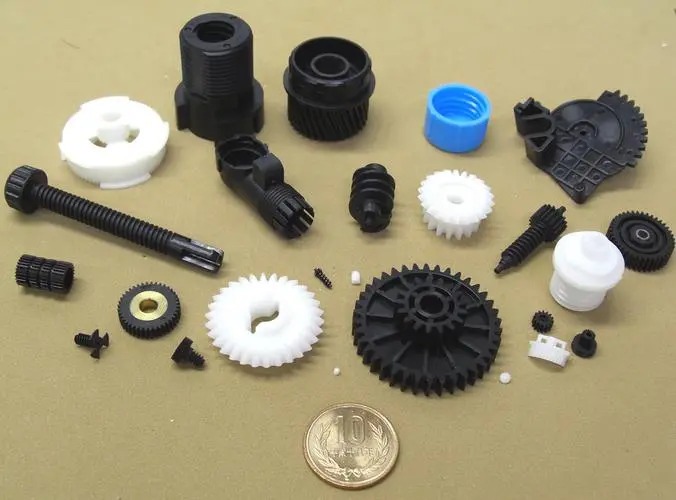
Conclusion
CNC machining of ABS parts presents a unique set of opportunities and challenges. By leveraging the material’s strengths, addressing potential issues, and implementing best practices, we can achieve superior results. Through careful material selection, optimized cutting parameters, and proper post-processing, it is possible to produce high-quality ABS components that meet the most demanding specifications. For more information about CNC machining ABS parts, you can consult JTR.


